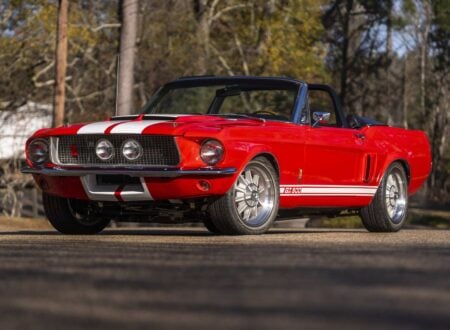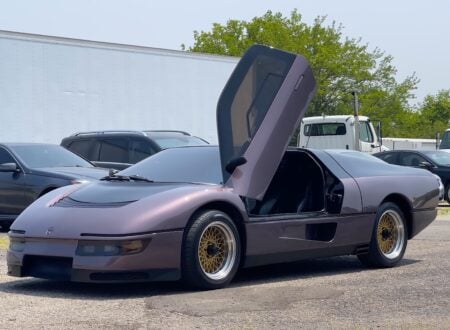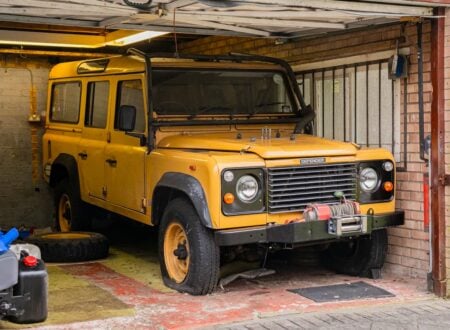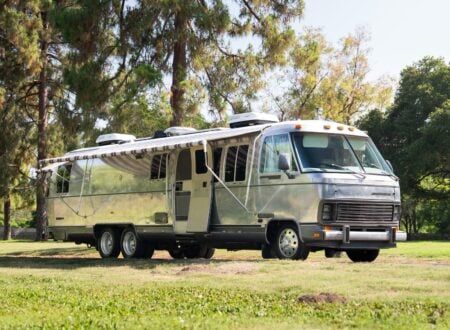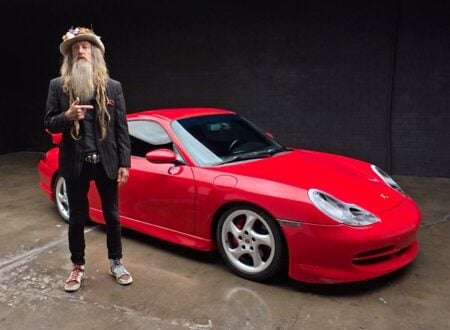*Editor’s Note: Due to an incorrect source an earlier version of this article stated that this vehicle was owned by King George VI. This appears to be incorrect, the vehicle was actually owned by Queen Elizabeth II and Prince Philip, then used by the Queen Mother, then by Prince Charles (now King Charles III).
This Land Rover is historically significant for a number of reasons, it was ordered new on behalf of Queen Elizabeth II and Prince Philip, and then later used by the Queen Mother on the Balmoral Estate.
Land Rovers became a cultural touchstone in Britain almost as soon as they were first released, the humble little four wheel drive had been designed to be half tractor and half Jeep, but it grew to become one of the most iconic British vehicles ever made.
Fast Facts – The Land Rover Series 1
- The Land Rover Series 1 was introduced in 1948, it had been developed relatively rapidly after WWII to fill the need for agricultural vehicles, and for vehicles that could be exported to bring funds into the severely depleted British coffers.
- The design of the first Land Rover is credited to Maurice Wilks, Rover’s Chief Designer. He was inspired in part by his own Willys Jeep that he used on his farm in Wales. He realized that a simple vehicle that could work as a tractor and a Jeep would be invaluable.
- Wilks’s design used a steel ladder chassis, live axles front and rear on leaf springs, a steel bulkhead and a body made from military surplus aluminum alloy. It had a PTO (Power Take Off) for operating farm machinery just like a tractor.
- The Series 1 Land Rover you see here is one of the most significant early examples in extant. It was used by the British Royal Family for decades and in 2020 King Charles III, then the Prince of Wales, commissioned Land Rover to restore it back to as-new specification.
The First Land Rovers
The modern Land Rover, and its offspring the Range Rover, have now become a symbol of both luxury and wealth in many parts of the world but it wasn’t always like this. When the first Land Rovers were designed and built in the late 1940s they were exceedingly simple agricultural vehicles with bodies largely made from war surplus aircraft aluminum alloy.
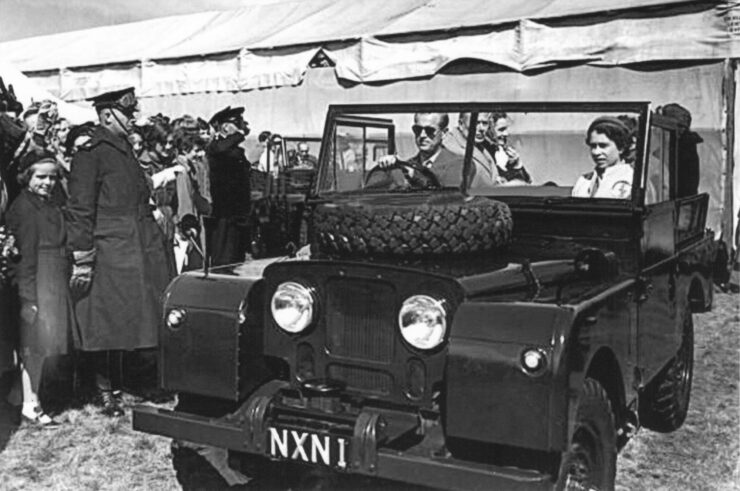

There can be no denying that Rover’s Chief Designer at the time, Maurice Wilks, was a genius. He needed to build a vehicle that would be useful in Britain, inexpensive to build and sell, and that would sell well in export markets to bring much needed capital back into the United Kingdom.
Rover had made good money selling luxury cars before the war, but after the conflict ended in 1945 few people could afford them.
Wilks had a farm in Wales where he’d been using an WWII-era Willys Jeep from the United States, this gave him the idea to combine the functions of a 4×4 and a tractor, to create a vehicle that would be indispensable – and more importantly it would be cheap to make.
Working with his team at Rover he developed a steel ladder frame chassis with a steel bulkhead. A body made almost entirely from aluminum was designed, steel was in short supply after the war but there was plenty of aluminum alloy left over from aircraft production.
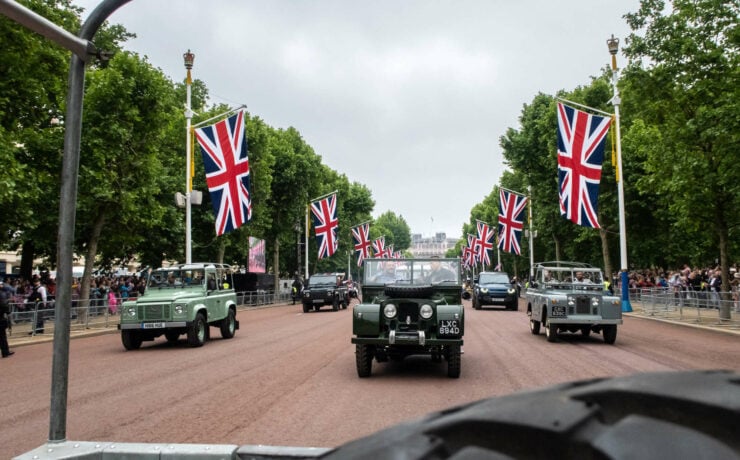

A 1.6 liter inline-four cylinder engine was fitted up front and mated to a two-speed transfer case and a 4-speed manual transmission. Power was sent to live axles front and rear that were fitted to the chassis with leaf springs, drum brakes front and back helped bring it all to a halt.
The Series 1 Land Rover was only intended to be in production for a few years to bridge the gap until the global economy had recovered from the war. The vehicle would prove so unendingly popular that its descendants remain in production today almost 75 years later.
The Royal Series 1 Land Rover Shown Here
As mentioned up in the introduction, the Land Rover you see here is a special vehicle. It was used by Queen Elizabeth II and Prince Philip, then Duke of Edinburgh, at the Royal Family’s famous Balmoral Estate in Scotland. The vehicle was then subsequently used by the Queen Mother at Birkhall, also at Balmoral.
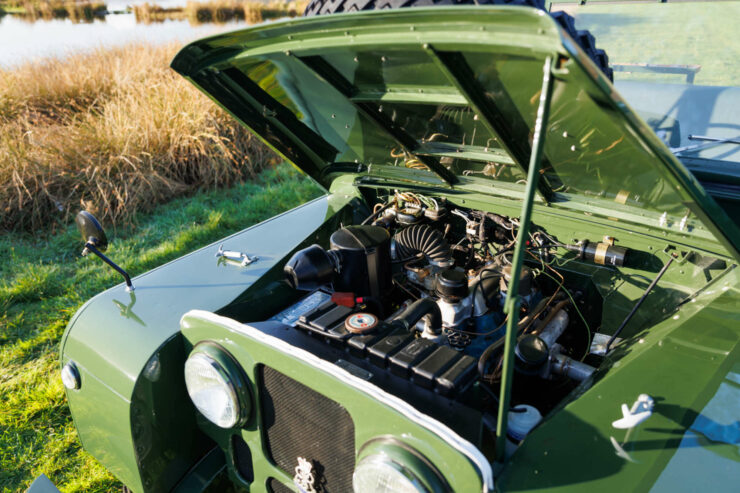

Given the fact that this Land Rover was used by so many members of the Royal Family over the years it obviously held great sentimental value for Charles the Prince of Wales, and now King Charles III.
In 2010 he sent this Series 1 off to Land Rover to have to restored back to the original condition it would have been in when it was delivered new to the Royal Family. It was then displayed at Balmoral before being put on display at The Grampian Transport Museum.
The vehicle is now being offered for sale by Silverstone Auctions with a price guide of £100,000 – £150,000 or approximately $123,000 – $184,000 USD at the time of writing. If you’d like to read more about it or register to bid you can visit the listing here.
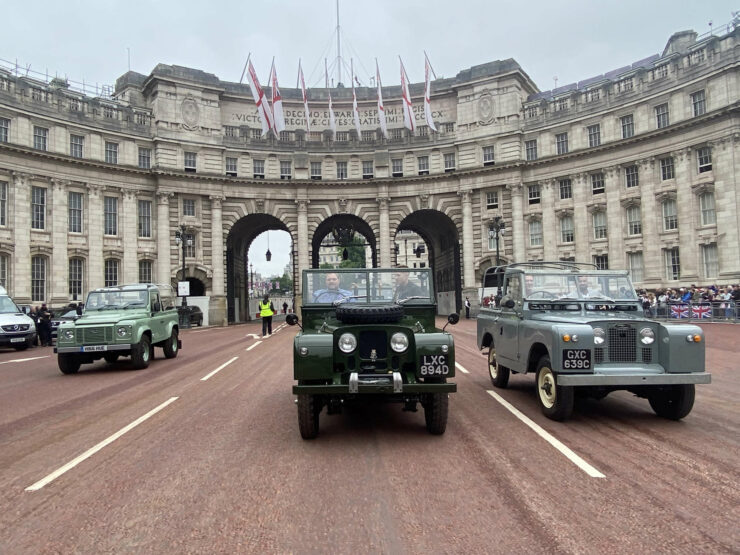
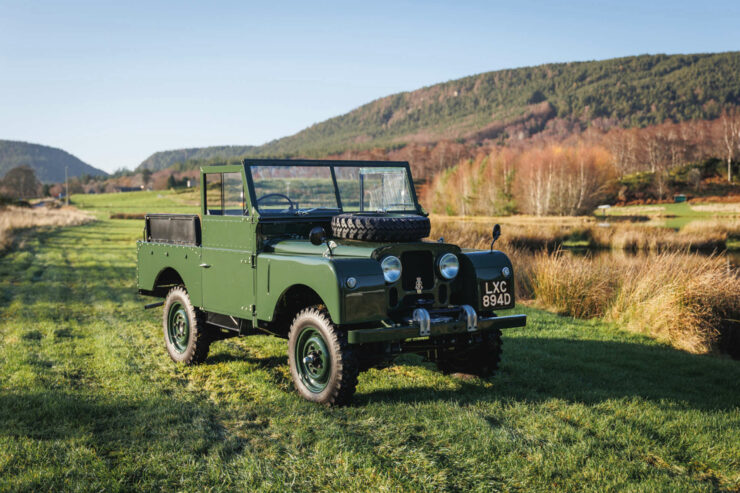
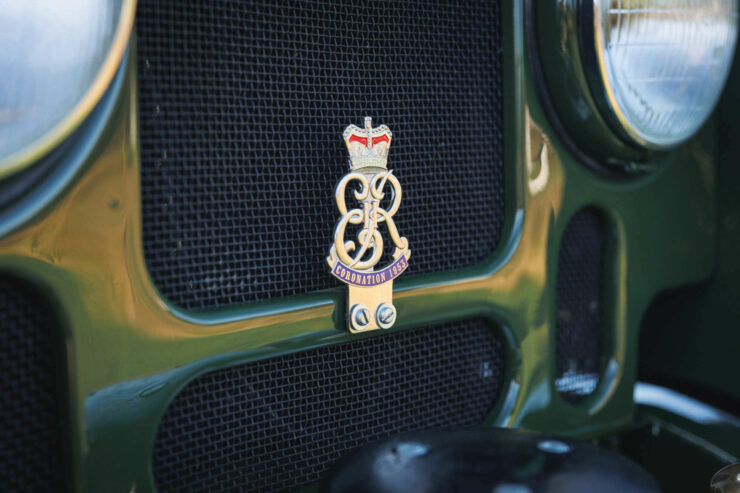
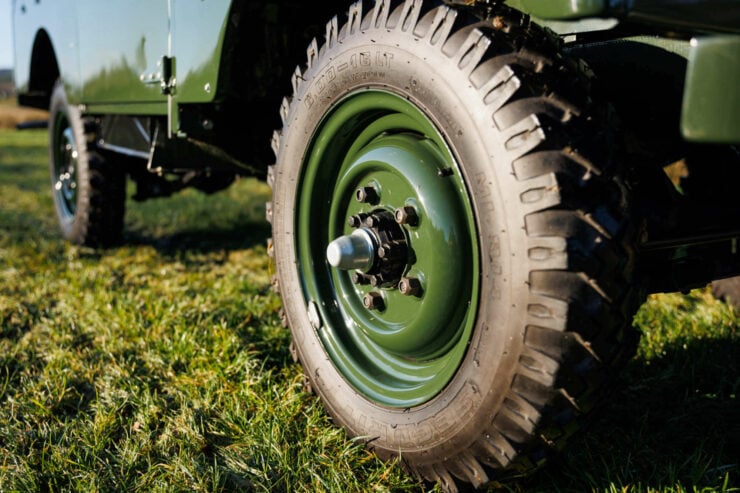
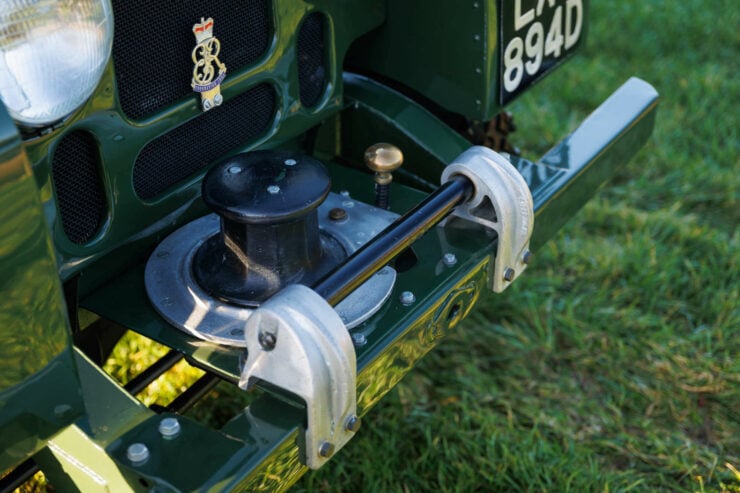
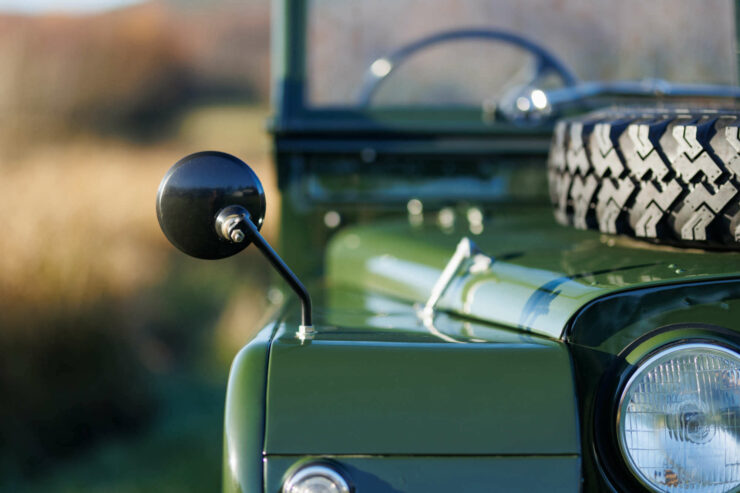
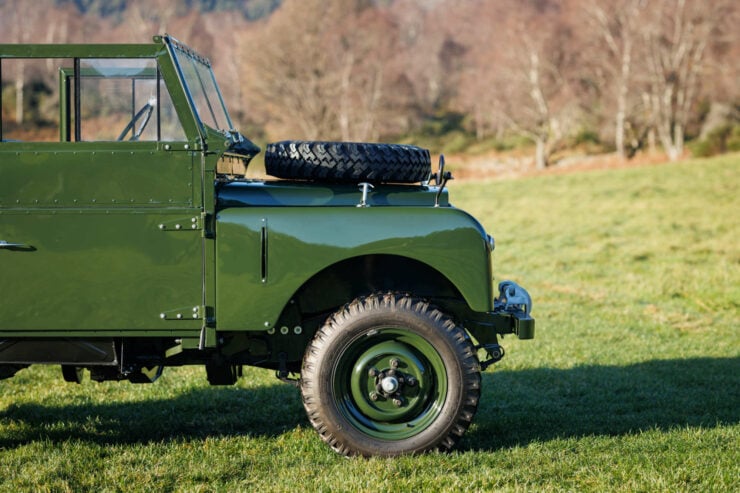
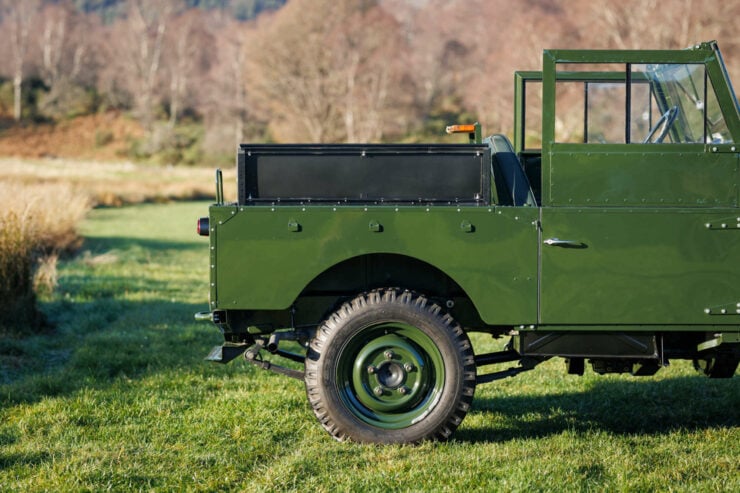
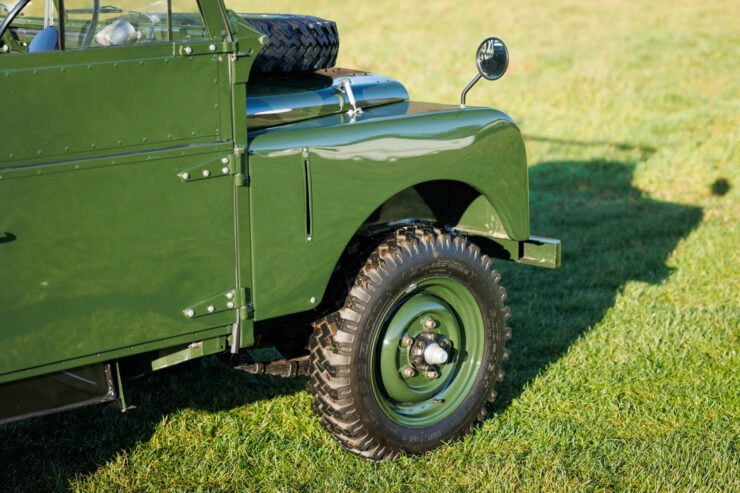
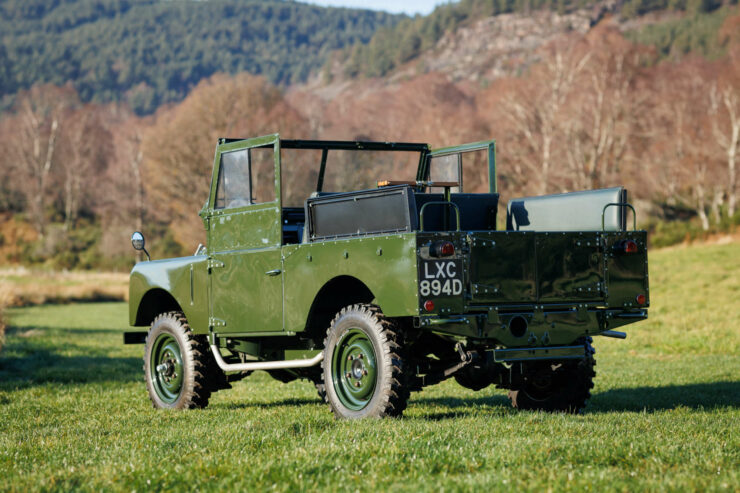
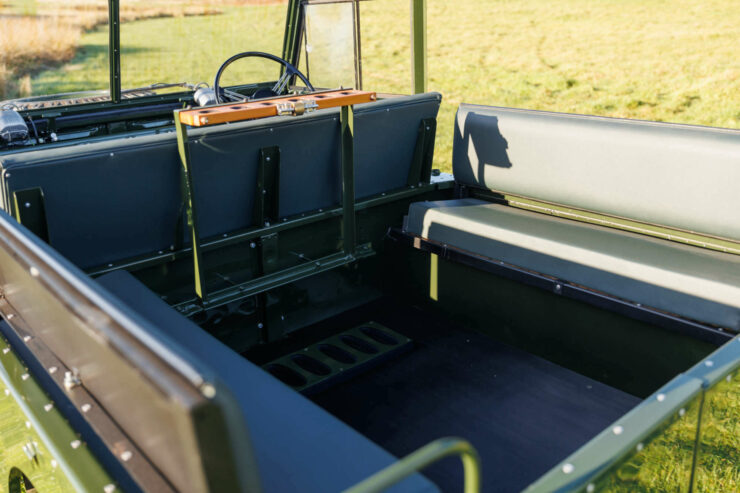
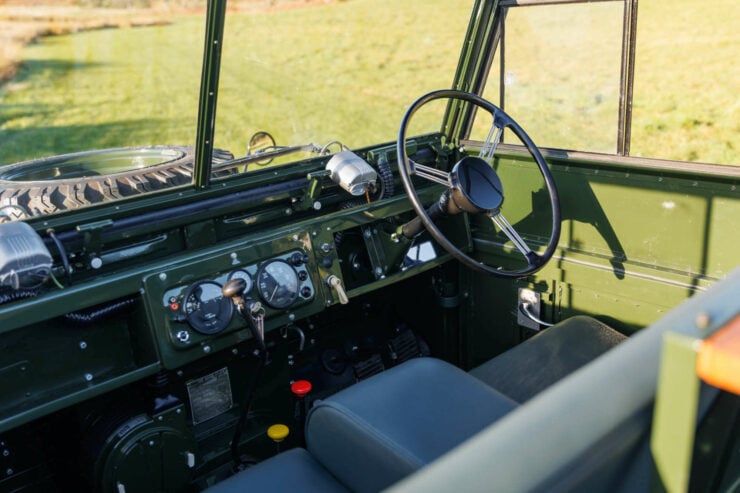
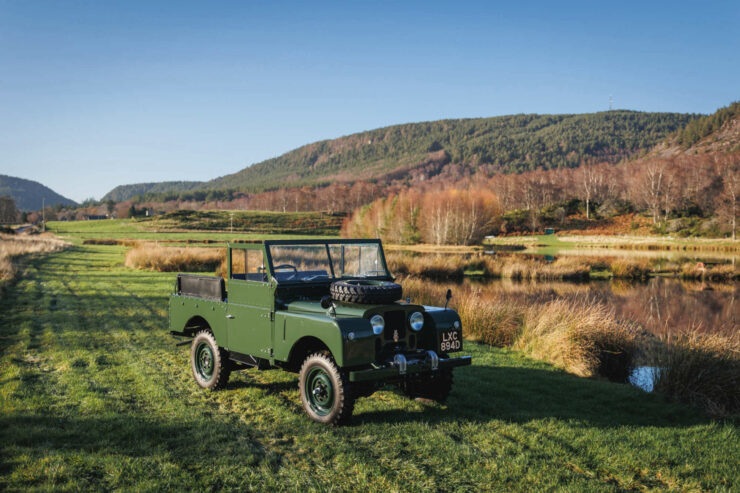
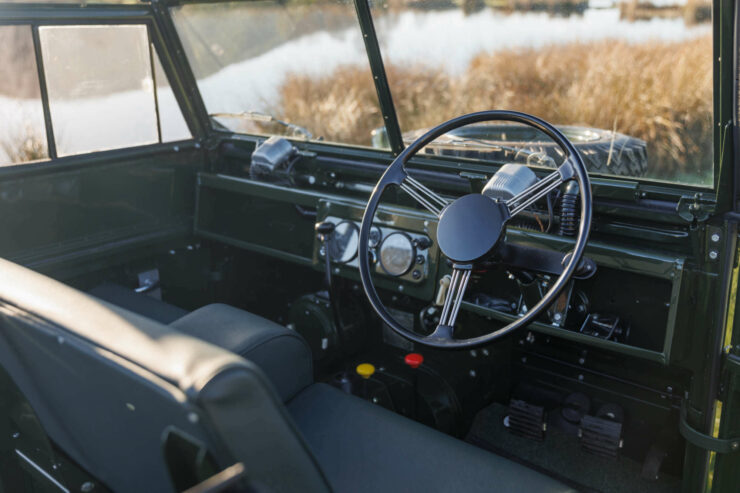
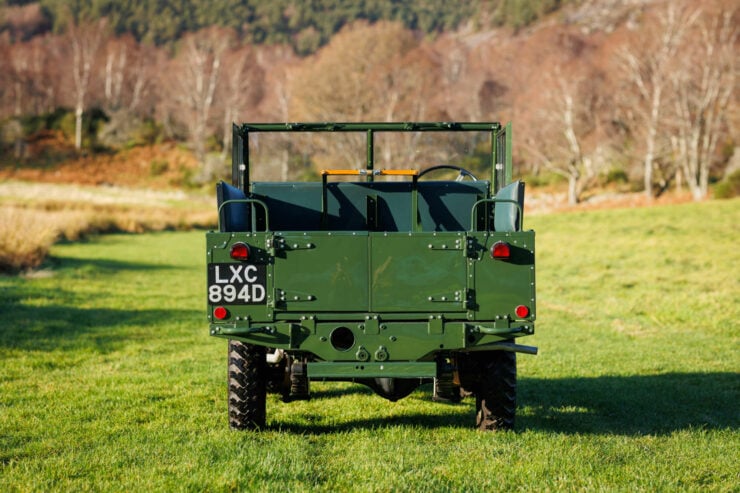
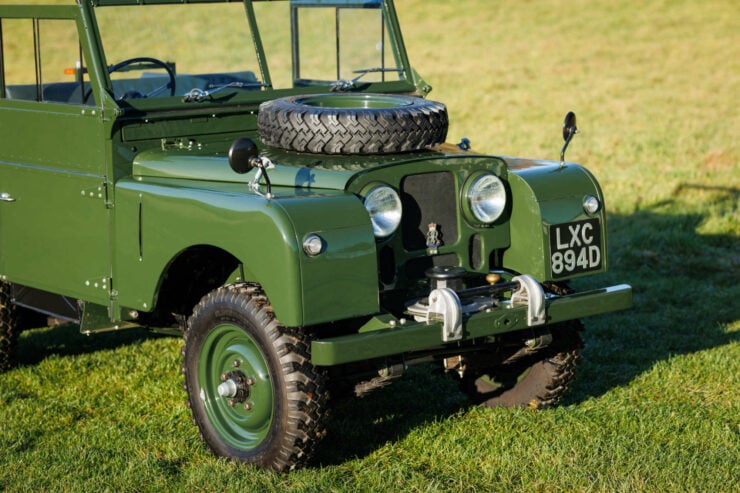
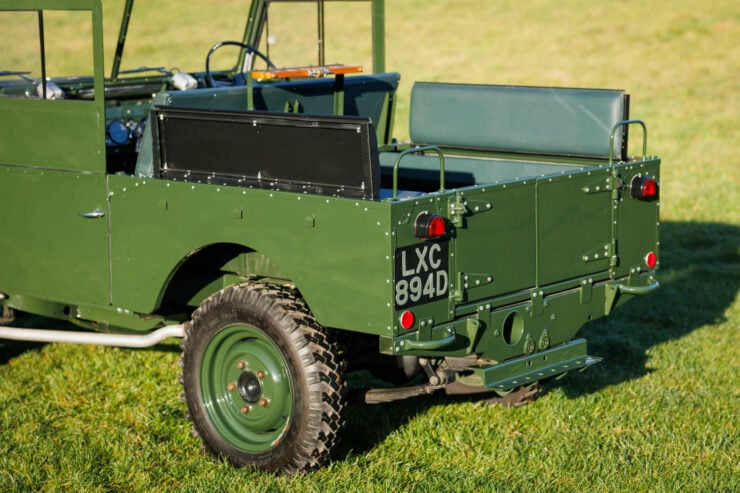
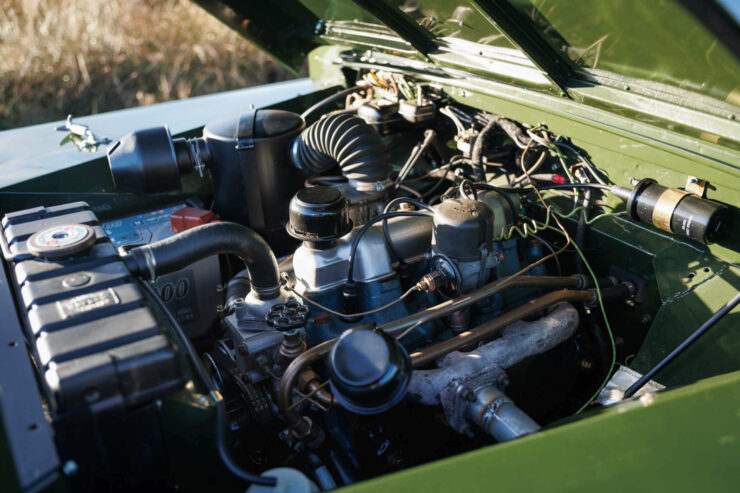
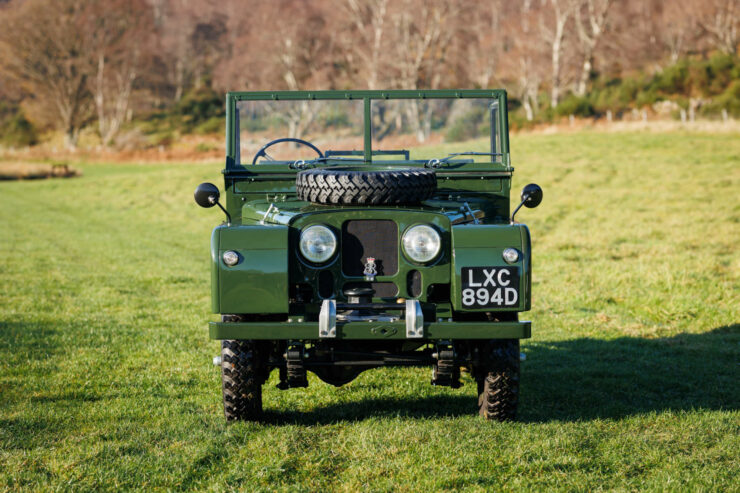
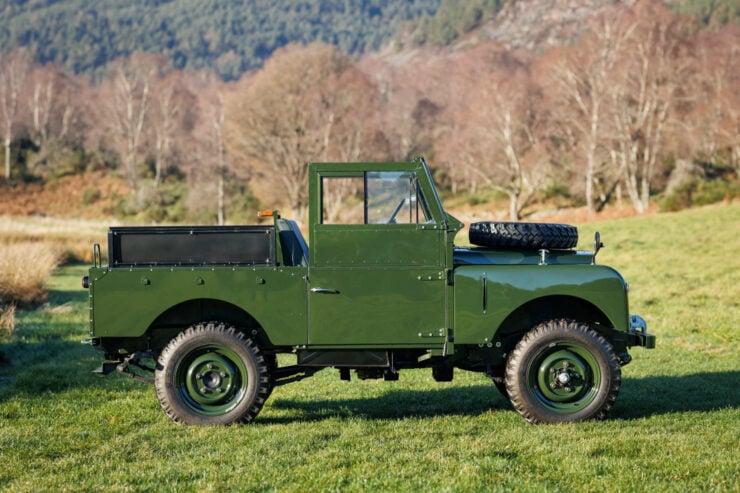
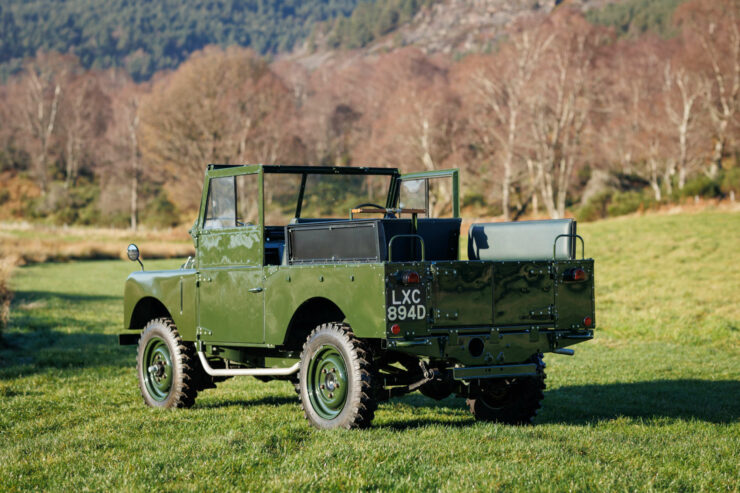
Images courtesy of Silverstone Auctions



